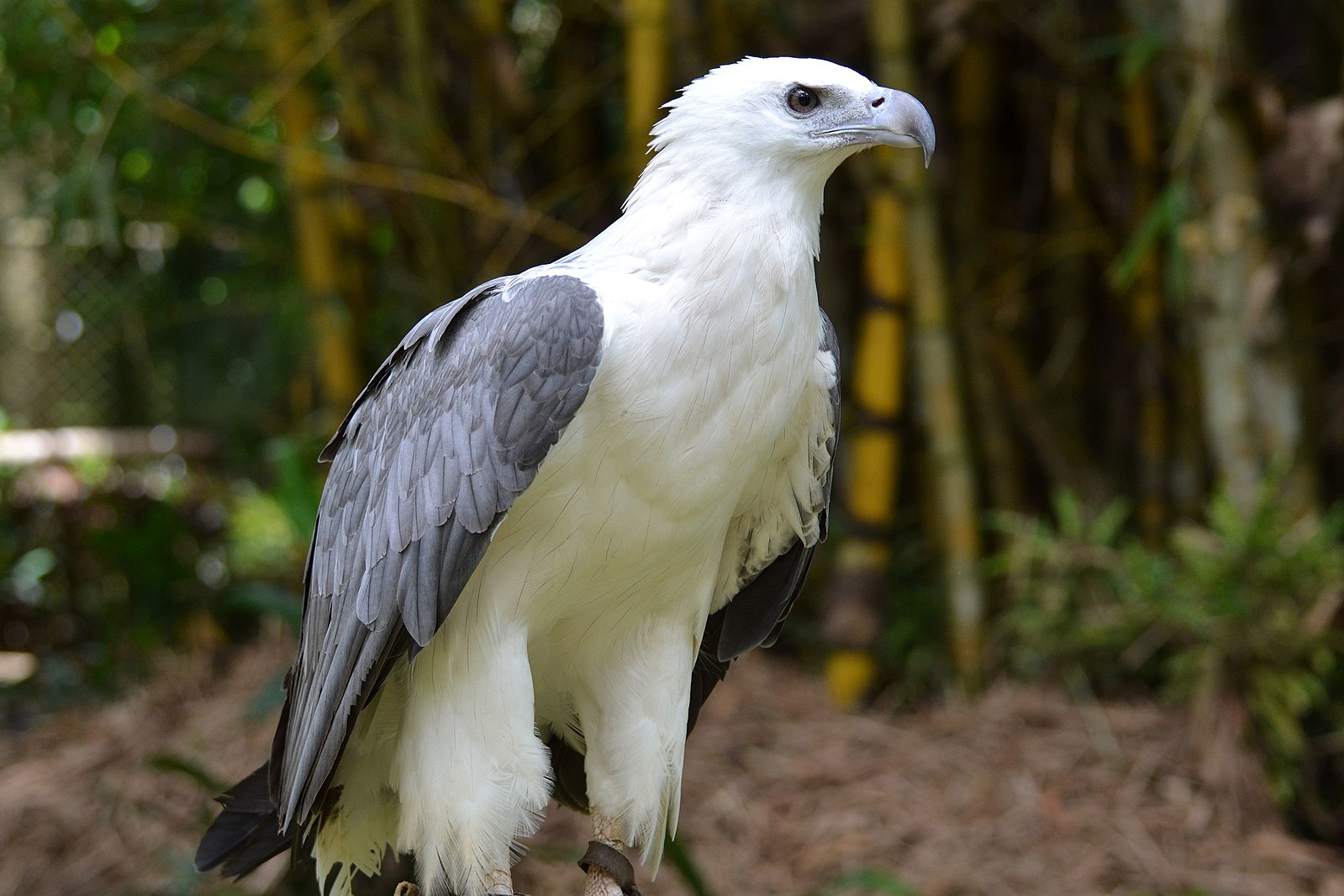The White-bellied Sea Eagle (Haliaeetus leucogaster) and Falcon (Falco spp.) are two distinct birds of prey that belong to different genera and families within the Accipitriformes order. This article delves into the advanced details and specifications that set these two species apart.
Physical Characteristics
White-bellied Sea Eagle
- Adults have a white head, breast, under-wing coverts, and tail, with grey upper parts and black under-wing flight feathers.
- Males are 66-80 cm (26-31 in) long and weigh 1.8-3 kg (4.0-6.6 lb).
- Females are slightly larger, at 80-90 cm (31-35 in) and 2.5-4.5 kg (5.5-9.9 lb).
- Wingspan ranges from 1.78 to 2.2 m (5.8 to 7.2 ft).
Falcon
- Size and weight vary significantly among falcon species, with the smallest, the American Kestrel, measuring 22-31 cm (9-12 in) and weighing 82-158 g (2.9-5.6 oz), and the largest, the Gyrfalcon, measuring 50-65 cm (20-26 in) and weighing 1.2-1.8 kg (2.6-4.0 lb).
- Falcons have a slim, streamlined body and long, pointed wings, adapted for fast, agile flight.
- Plumage varies among species, but most falcons have a dark head and upperparts and lighter underparts.
Habitat and Distribution
 Image source: bellied sea eagle by shankar s
Image source: bellied sea eagle by shankar s
White-bellied Sea Eagle
- Inhabits coastal areas, rivers, and lakes in Australia, New Guinea, Indonesia, and the Philippines.
- Prefers habitats with tall trees for nesting and open water for hunting.
Falcon
- Found worldwide, with different species inhabiting various habitats, including deserts, grasslands, forests, and coastal areas.
- Some species, like the Peregrine Falcon, are migratory and travel long distances between breeding and wintering grounds.
Behavior and Diet
White-bellied Sea Eagle
- Generally solitary or found in pairs, with a territorial nature.
- Feeds primarily on fish, but also takes waterbirds, reptiles, and small mammals.
Falcon
- Solitary or found in pairs, with some species forming loose colonies during the breeding season.
- Diet consists mainly of birds and small mammals, caught in mid-air using their speed and agility.
Breeding and Lifespan
White-bellied Sea Eagle
- Nests in tall trees, laying 1-3 eggs, which hatch after about 35 days.
- Both parents share incubation and feeding responsibilities.
- Lifespan in the wild is about 20-30 years.
Falcon
- Nests on cliff ledges, in trees, or in artificial structures, laying 2-5 eggs, which hatch after about 28-33 days.
- Both parents share incubation and feeding responsibilities.
- Lifespan in the wild varies among species, with smaller species living 8-12 years and larger species like the Gyrfalcon living up to 20 years or more.
In summary, the White-bellied Sea Eagle and Falcon are two distinct birds of prey with unique physical characteristics, habitats, behaviors, and diets. Understanding these advanced details and specifications can provide valuable insights into the diversity and adaptations of these fascinating avian predators.
References:
– https://www.reddit.com/r/natureismetal/comments/j5dcug/a_whitebellied_sea_eagle_fights_midair_with_a/
– https://www.australiangeographic.com.au/news/2020/02/duel-between-white-bellied-sea-eagle-and-wedge-tailed-eagle-photographed/
– https://carnivora.net/wedge-tailed-eagle-v-white-bellied-sea-eagle-t7870.html
– https://en.wikipedia.org/wiki/White-tailed_eagle
– https://en.wikipedia.org/wiki/White-bellied_sea_eagle

